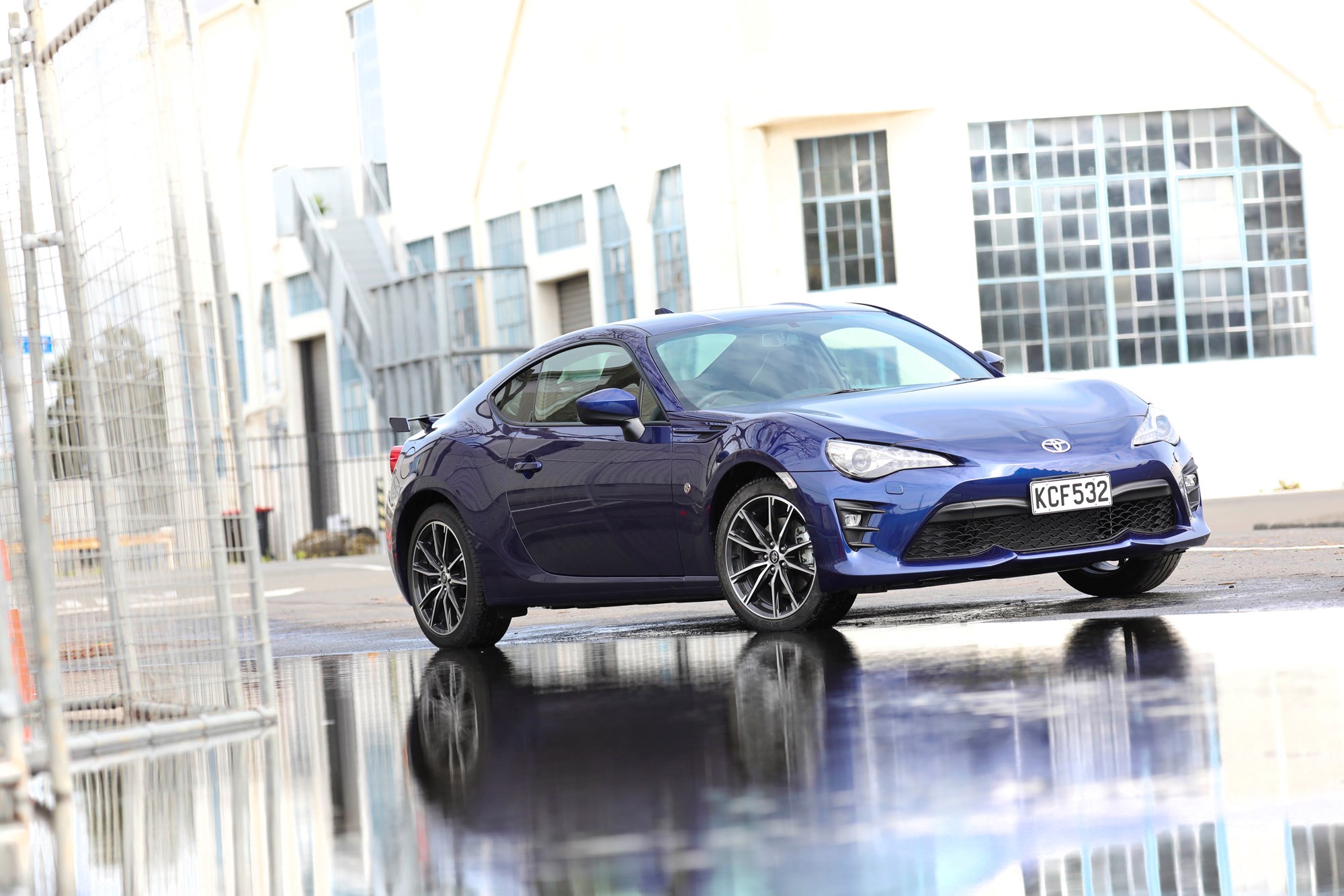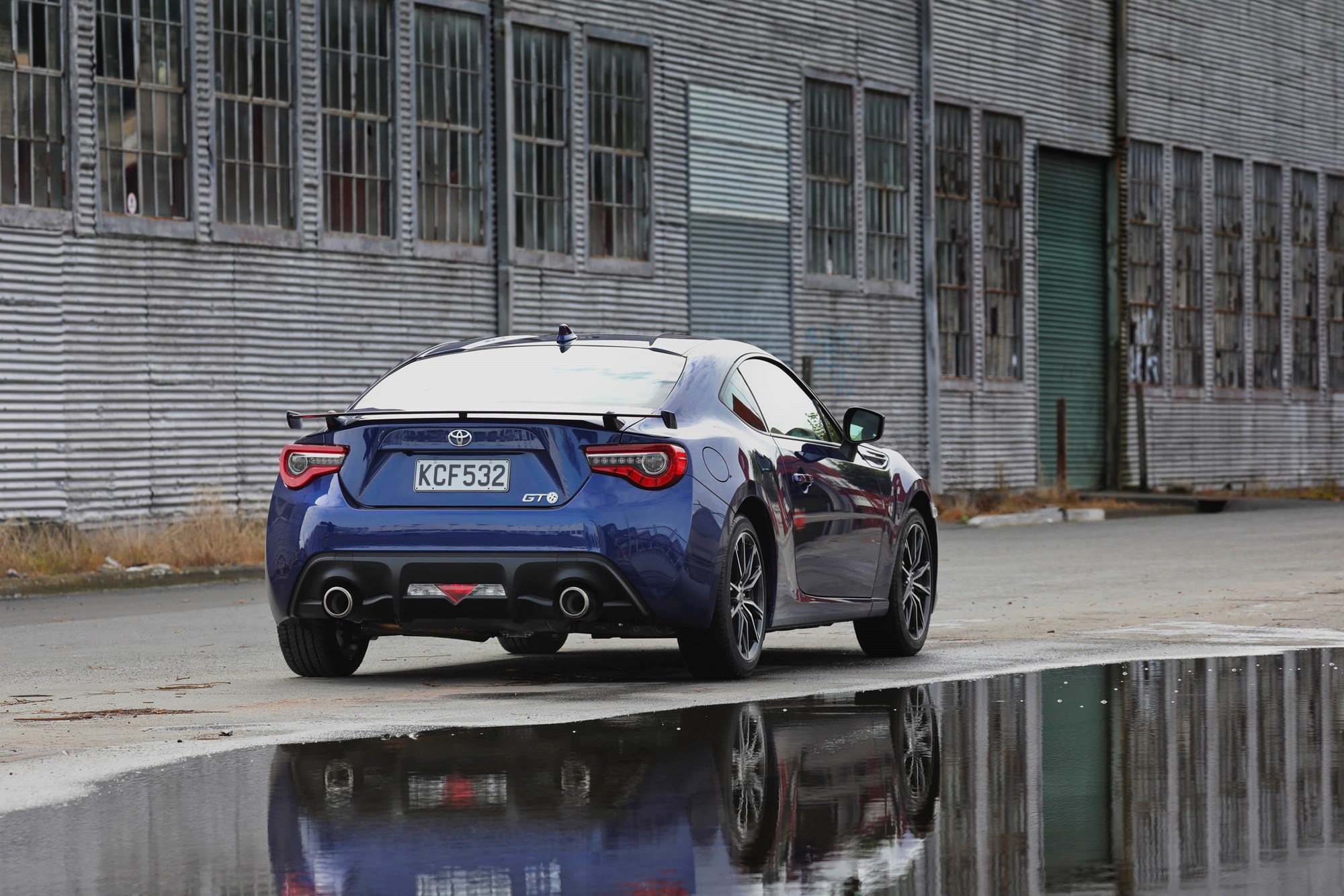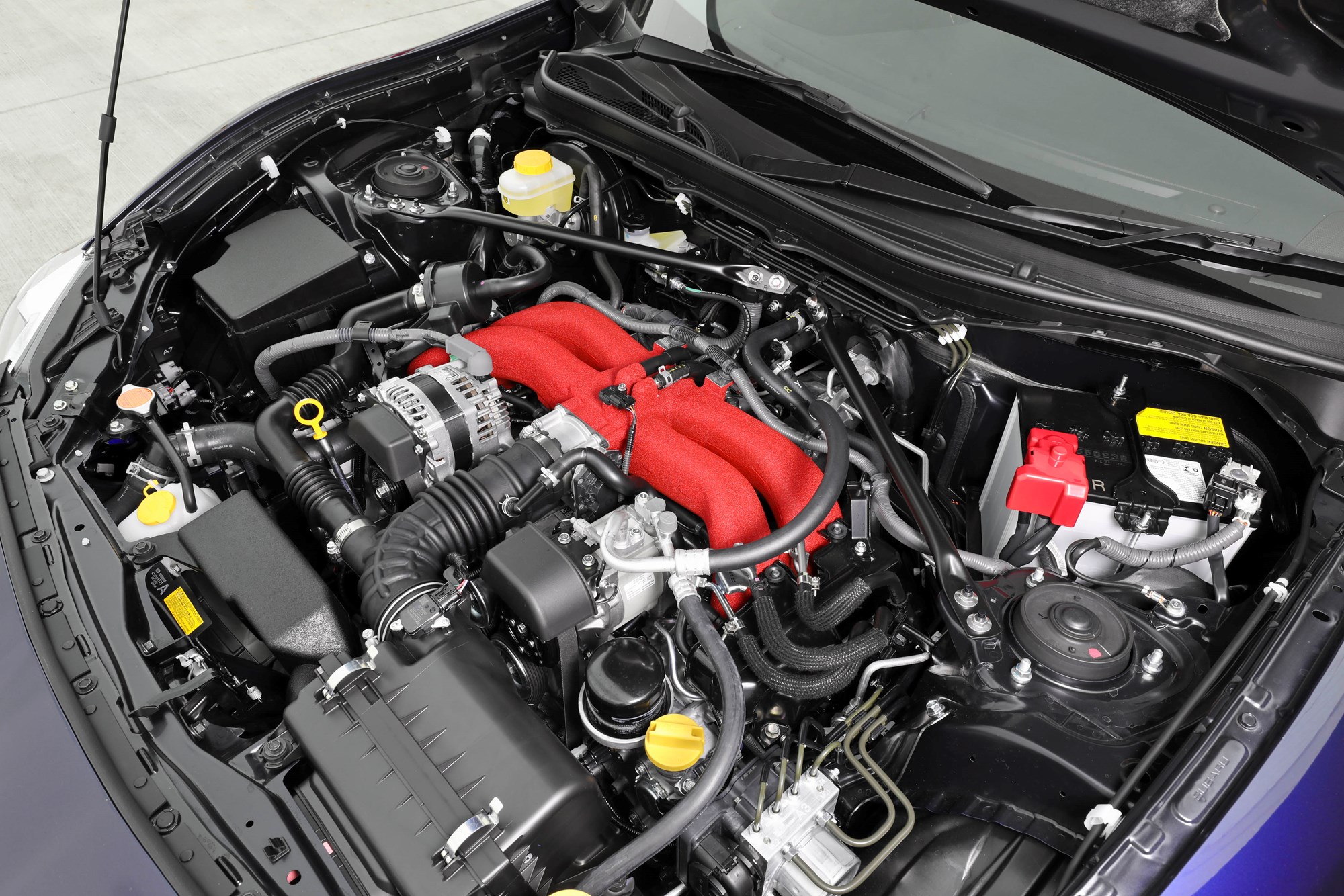Coupe Revamp will turn heads
The typical sales pattern for sports cars and coupes is an early surge and an inevitable decline. This brings peaks and troughs to this specialist sector of the vehicle market as popular new models arrive.
In 2016 the Ford Mustang is driving the sports car market, and the last time there was a peak in 2013 it was the work of the Toyota 86.
Toyota New Zealand has now sold 585 units of the 86 since its launch in 2012 but 401 of those were sold in the first two years and year-to-date (Jan-Oct 2016) sales total only 38.
Now Toyota has a revamped version of its rear-wheel-drive sports car that will attempt to catch a second wave of sales success in 2017.

The revamp for the 86 is a little more significant than a first glance might suggest. There are detail exterior changes, a substantially upgraded cabin, fine-tuning for the suspension and steering and some additional equipment.
The model range has been trimmed to three variants with the base model 86 automatic being discontinued while an extra 5kW and 7Nm of performance has been coaxed from the naturally aspirated 2.0-litre boxer engine on manual 86 and GT 86 models.
The theme for the styling changes is to emphasise a widened stance with the new LED headlights having a more horizontal orientation along with a slightly lower nose and wider grille. There are black resin fins in the lower corners of the front apron and these double as the fog lamp surround on the higher spec GT 86 models.
Lighting is significantly changed with the new bi-LED front headlights accompanied by LED indicators and LED daytime running lights. Automatic headlight levelling and headlight washers are new features.

At the rear there is a deeper bumper, a new rear diffuser and new light clusters with LED indicators.
The changes become more obvious on GT 86 models with a new slim-line aluminium wing-type rear spoiler fitted to the bootlid along with the new 17-inch machine finish 10-spoke alloy wheels, rear privacy glass and the LED front fog lights which are specific to the GT 86.
Interior changes on the entry level 86 are minor with the addition of a Track mode drive button and some carbon look interior surfaces. The steering wheel diameter is reduced by 3mm (to 362mm) giving the 86 the smallest steering wheel fitted to a Toyota.
Along with the extra 5kW (now 152kW) and 7Nm (now 212Nm) output the manual transmission 86 and GT 86 also gets a shorter final drive ratio -- now 4.3:1 (was 4.1:1).
Revised intake and exhaust systems, a new piston surface coating and a strengthened cylinder block are part of the engine upgrade for the manual cars. The identifier for these changes is a red crystal finish for the inlet manifold.

It means the manual car now uses a few more revs to cruise at 100km/h while the intake and exhaust changes give it a deeper and more purposeful engine note. It's also quicker with 0.3secs shaved off the 0-100km/h acceleration time to 7.3secs.
The output figures for the GT 86 six-speed auto model (with paddle shifters) are carried over with 147kW at 7000rpm and 205Nm of torque at 6400-6800rpm.
An important ingredient of the 2017 Toyota 86 upgrade sees the separation in character between the manual and automatic transmission GT 86 models being widened.
The performance upgrade and revised gearing gives the manual 86 and GT 86 noticeably sharpened response.
2017 TOYOTA 86 LINE-UP
2.0 86 Sports Coupe (manual) $46,986
2.0 GT 86 Sports Coupe (manual) $51,986
2.0 GT 86 Sports Coupe (auto) $52,9862017 Toyota GT 86.







